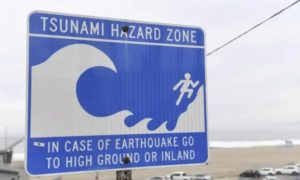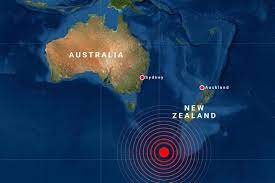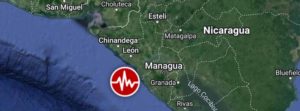

Strange Sounds – June 9, 2022
Scientists have discovered the size of the ‘outer wedge’ of a faultline can magnify a rupture’s impact. That’s a worrying news for the people living along the Cascadia Subduction Zone, a fault running from Vancouver Island to northern California…
Scientists have long predicted a giant 9.0-magnitude earthquake that reverberates out from the Pacific north-west’s Cascadia fault and quickly triggers colossal waves barreling to shore.
But what if these predictions were missing an important piece of information – one that, in certain scenarios, could tell an even more extreme story?
A new study, published last month in the peer-reviewed journal Earth-Science Reviews, points toward such a missing piece. Researchers revealed a previously unknown relationship between the severity of a tsunami triggered by an earthquake and something known as “the outer wedge”, the area between the main earthquake fault and the seafloor.
Sylvain Barbot, a co-author of the study, described the outer wedge as the “garbage bag of subduction zones”, the place where two tectonic plates crash into each other and can produce an earthquake, because it’s where sediment piles up.
The researchers’ findings suggest that the wider it is, the larger the maximum size of the tsunami will be.
The connection adds a new element to consider when making tsunami predictions, one that the authors suggest could mean heightened worst-case scenario predictions for some faults, including Cascadia.








